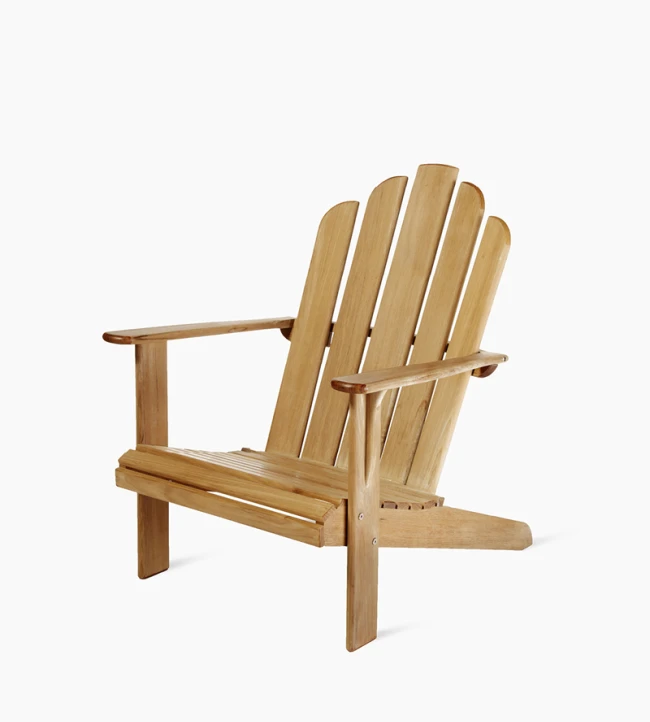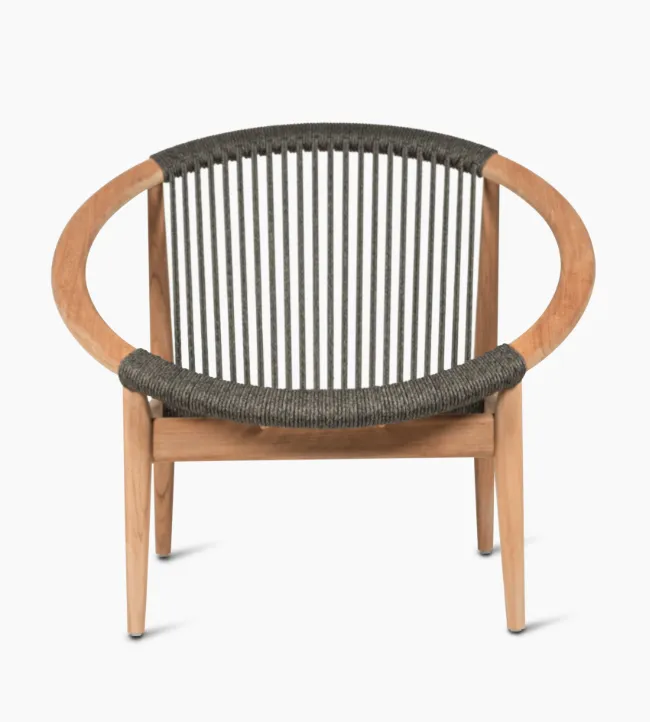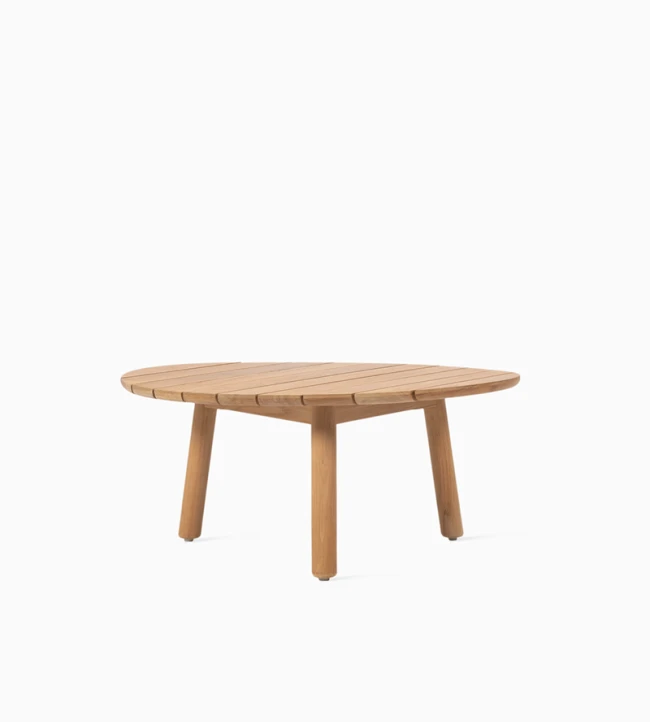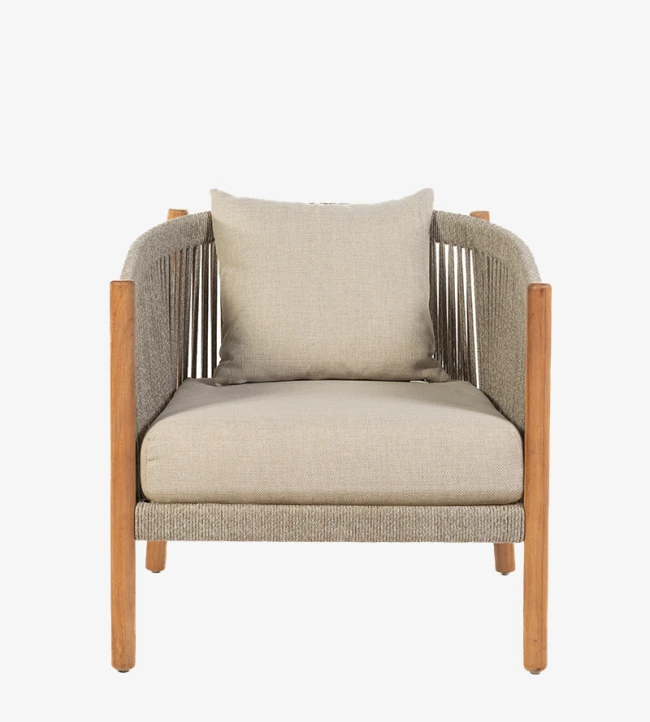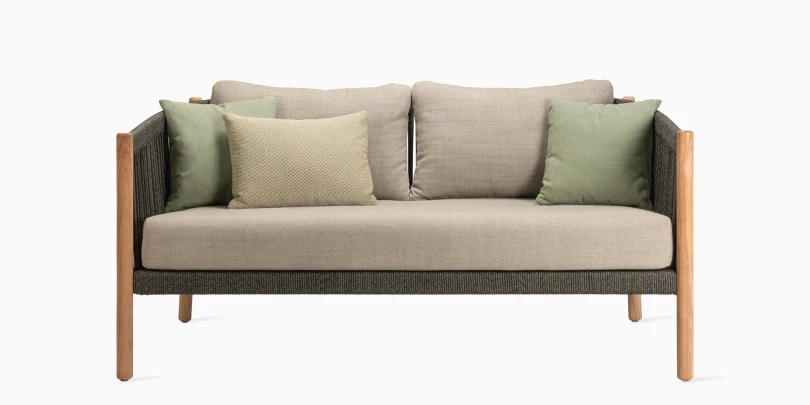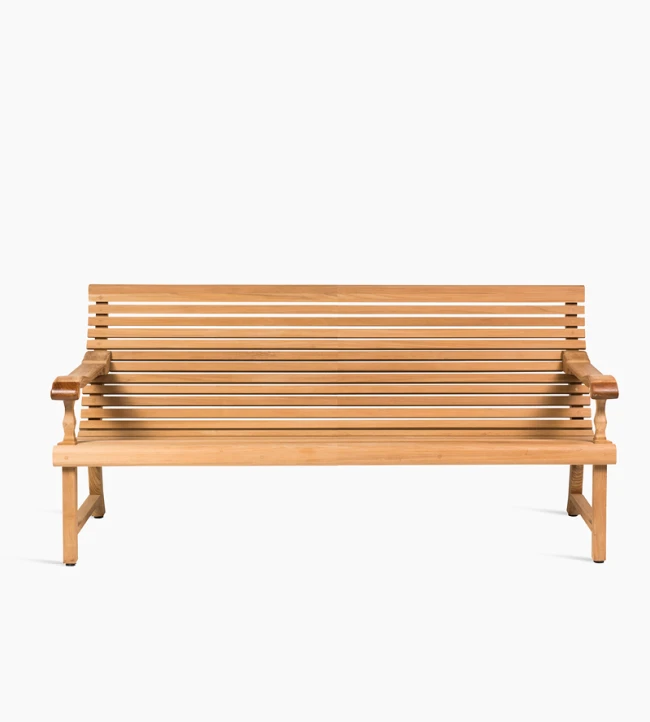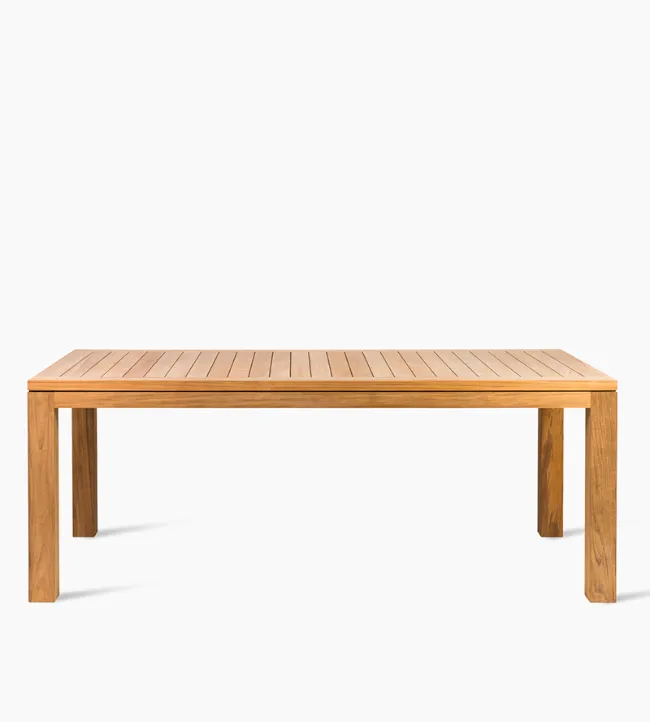
Teak
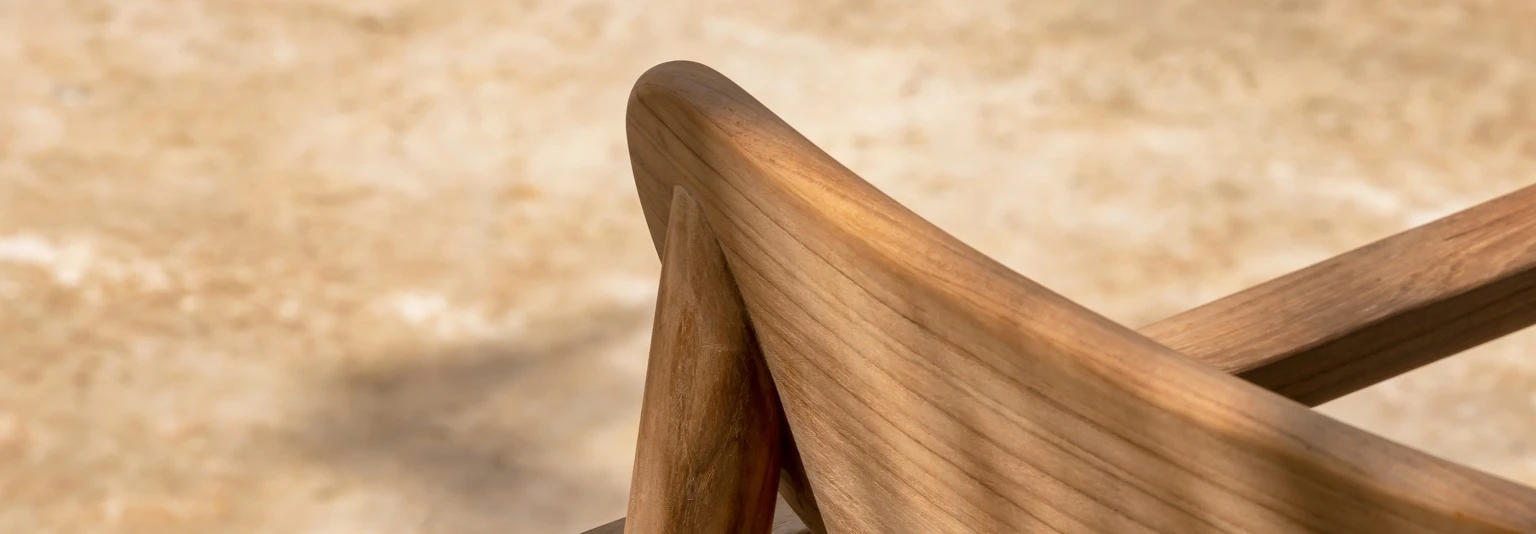
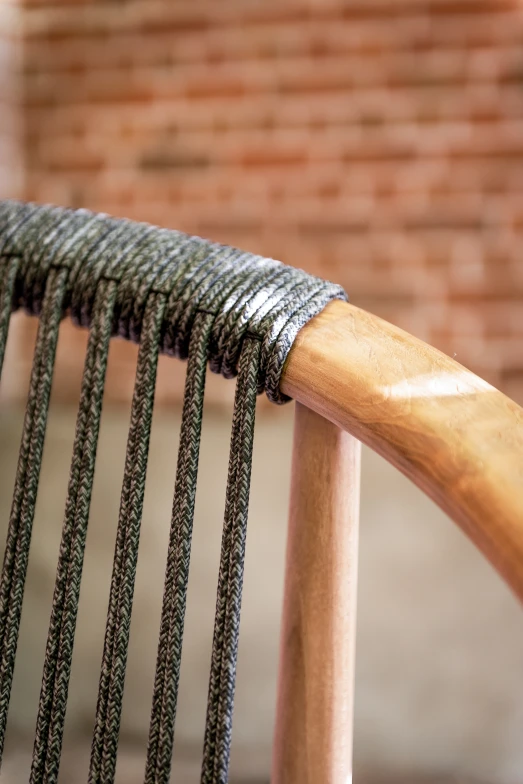
It's a living thing!
At Cotswold Furniture, we embrace the unique character of solid teak. Each piece we craft reflects the natural variations inherent to timber: differences in grain, tone, and occasional knots are part of its enduring charm. As a living material, teak responds to its environment over time. This evolution is not a flaw, but rather a testament to its authenticity and appeal.
Natural teak is celebrated for its exceptional durability and beauty. Grown in the highlands rather than tropical rainforests, this deciduous hardwood is prized for its high density and naturally high oil content, which lends it remarkable resistance to warping and decay. These qualities make teak ideally suited to outdoor life, needing minimal intervention to remain beautiful and functional year-round.
Ever Evolving Beauty
One of the most admired features of teak is how gracefully it weathers. Left untreated, the timber will gradually transition from its original honeyed hue to a distinguished silver-grey patina, a process guided by time, sunlight, and the surrounding elements. This mellowing is entirely natural and does not compromise the strength or integrity of the furniture.
With exposure to seasonal changes, the surface of the wood — particularly at the end grains - may exhibit fine cracks or slight movement. This too is a normal characteristic of natural wood and in no way diminishes the longevity of the piece. We believe such ageing adds to the sense of history and quiet refinement that defines well-made timber furniture.
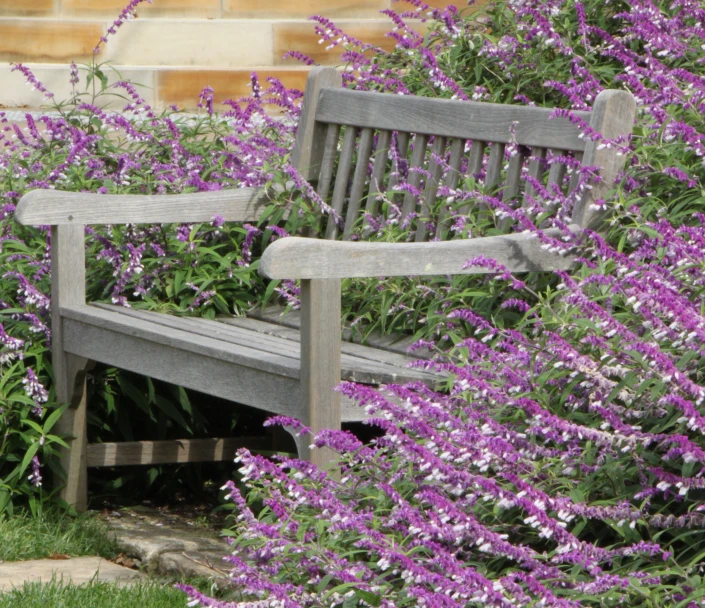
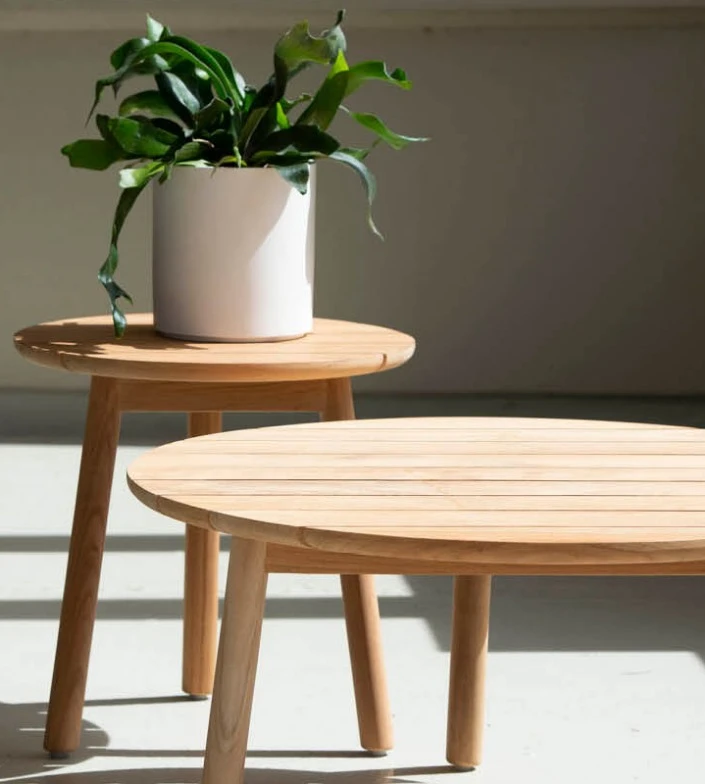
Teak maintenance
Teak requires minimal upkeep, but thoughtful care will help it look its best over the years. A periodic clean with warm water and a mild, non-abrasive soap is typically sufficient to keep the surface free from dust and prevent moss formation. We recommend avoiding harsh chemicals or aggressive scrubbing tools.
For those who prefer to retain the original golden tone or to guard against spills, a teak sealer may be applied. This protective layer helps prevent staining while still allowing the timber to develop its natural silvery colour.
Oiling is not necessary, but if you opt to treat your furniture in this way, ensure the surface is lightly sanded beforehand. For more intensive restoration or to address stubborn marks:
Grease spots: These may fade with sun exposure. If desired, treat with a gentle degreasing agent and rinse thoroughly. For persistent marks, a diluted solution of bleach, water, and natural soap can be used cautiously.
Mildew or black blemishes: Often caused by sap or rainwater, these can be removed by lightly sanding the affected area with fine sandpaper. Positioning furniture away from overhanging trees can help minimise recurrence.
Wine or candle wax: For wine stains, apply methylated spirits with care. Wax can be lifted by placing brown paper over the mark and pressing gently with a warm iron to draw it out.
With a little attention, your teak furniture will mature gracefully—developing a depth of character that only time and nature can provide.


